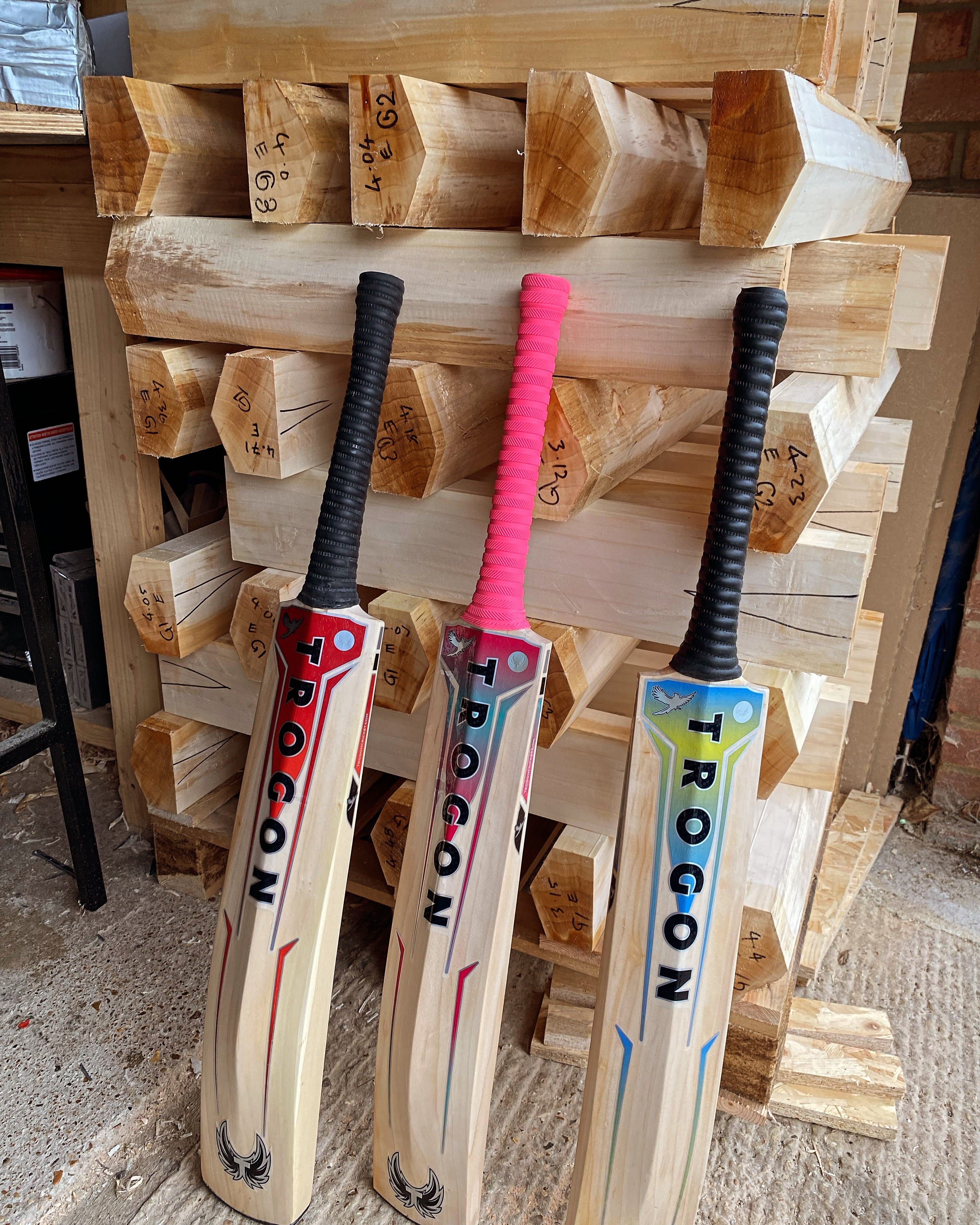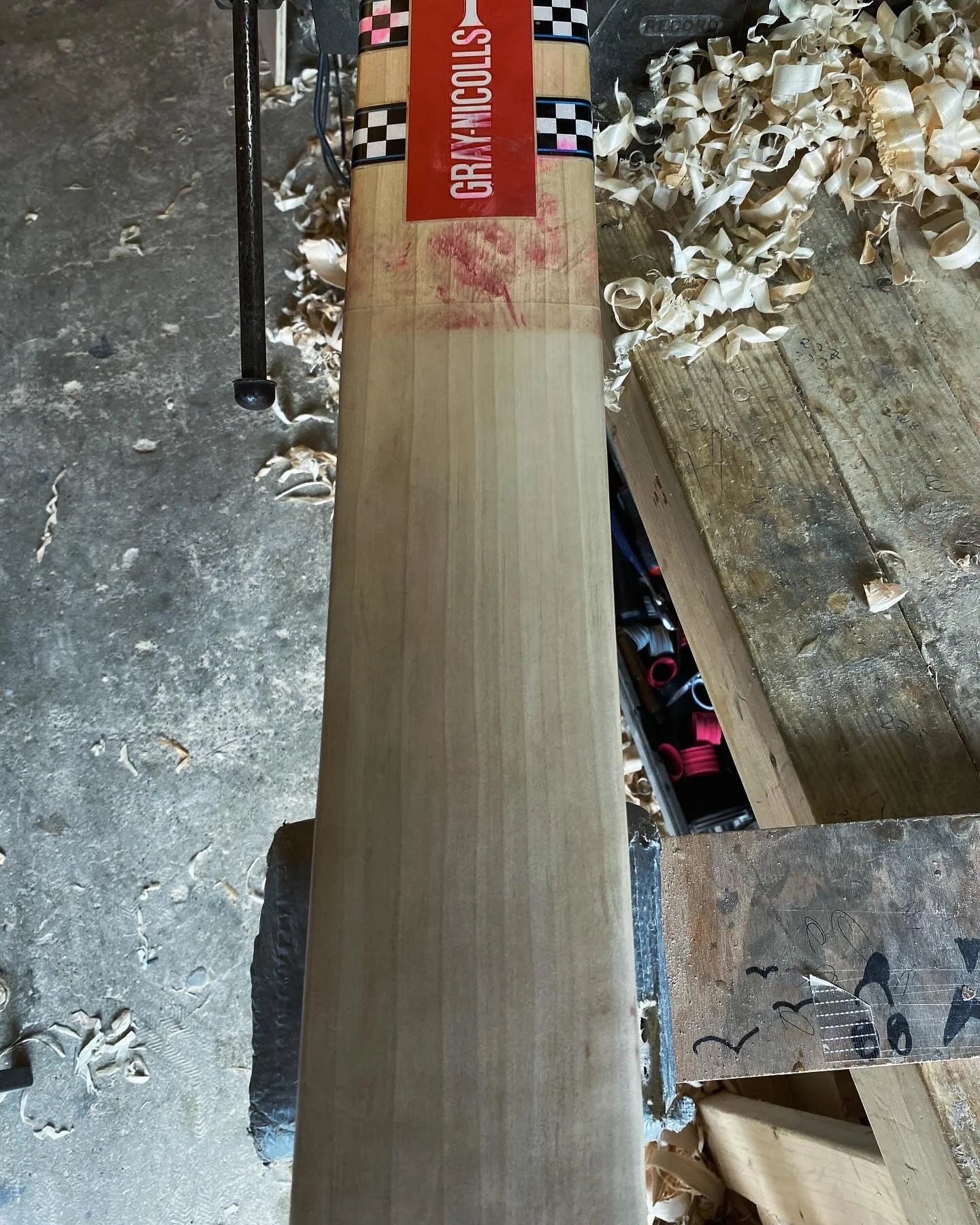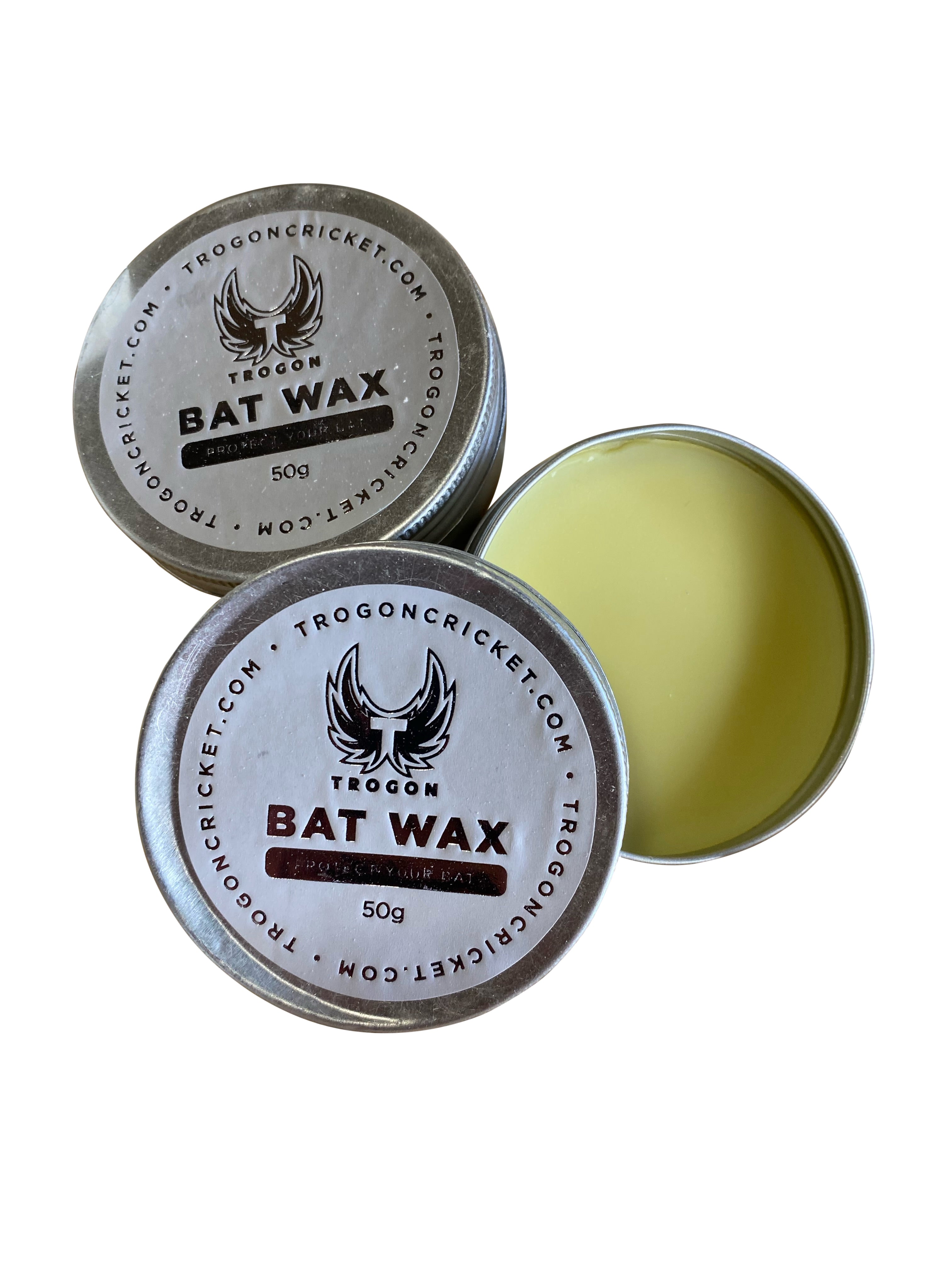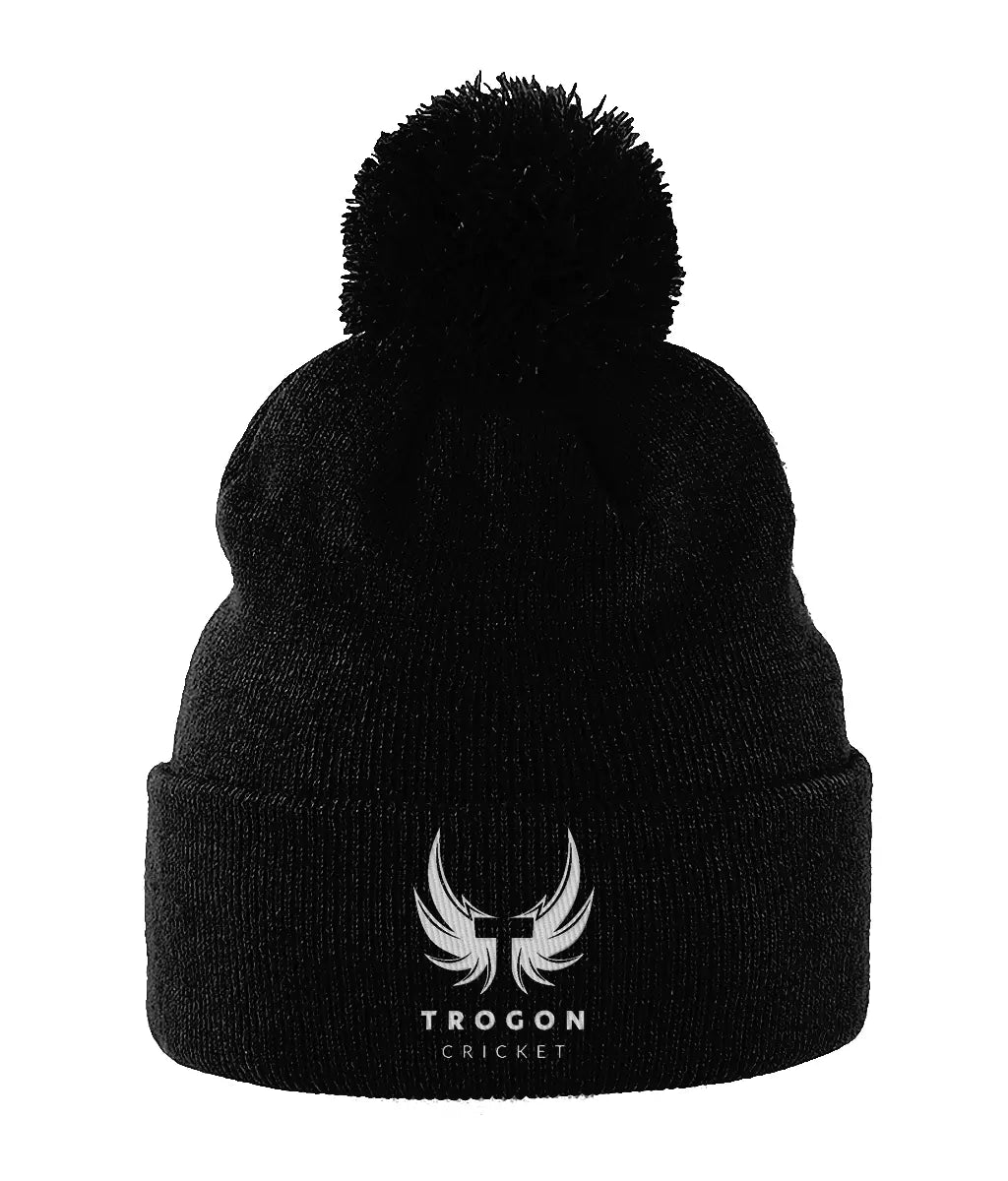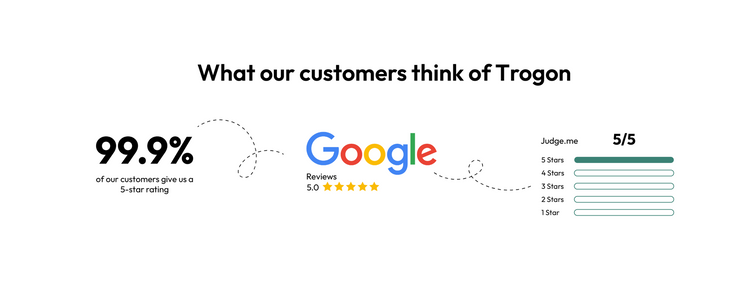When choosing a cricket bat, players often consider the number and structure of grains on the blade.
These grains, the visible lines running vertically down the bat’s face, are more than just an aesthetic feature; they are a key indicator of the willow’s quality, density, and performance characteristics.
Understanding the differences between tight (narrow) and wide grains, along with how they affect a bat’s performance and longevity, can help players make informed decisions when selecting their light cricket bat and is especially important to understand the pricing difference that manufacturers place on the different types of grains.
In this blog, we will explore all the key facts of tight and wide grains, how they influence a cricket bat's performance, the potential pros and cons, and what type of grains you can expect in various bat grades.
So let's jump straight in and get all the nitty-gritty details, but you can also find more by reading our cricket bat grade guide.
What Are Grains on a Cricket Bat?
But first, what are grains on a cricket bat?
Grains are the result of growth rings in the willow tree. Each grain represents one year of growth, with the darker lines indicating the transition from summer to winter growth.
The growing conditions of the willow determine the density of these grains.
For example, a willow that grew quickly due to favourable conditions will have fewer (wider) grains, while a slower-growing willow will produce more (narrower) grains.
The number and spacing of grains on a bat's face are used as a visual guide to assess its quality and performance potential, and most importantly, the grade of the willow, which 99% of the time determines the price of the bat.
Although grains alone do not always determine a bat’s worth (there are other things to it, like pressing and cricket bat ping, (I have written an excellent article about ping, it's worth a read) they are an important factor in understanding how the willow might perform.
What Do Grains Actually Do on a Cricket Bat?
Grains play a crucial role in determining how a cricket bat performs. They show the growth pattern and density of the willow; tighter grains indicate denser wood, which gives a harder feel and rebound, while wider grains indicate softer wood that takes longer to open up but lasts longer.
Essentially, grains help predict how the cricket bat will respond to impact and how long it will last. While looks can be appealing, it’s the combination of grain structure, pressing, and craftsmanship that truly decides a bat’s quality.
Understanding what grains signify helps players select a bat that matches their needs, whether for quick performance straight from the off or long-term reliability.
How To Find Grains in a Cricket Bat?
Spotting grains on a cricket bat is simple once you know what to look for. The grains appear as light and dark vertical lines running down the face of the bat.
To count them accurately, hold the bat under natural light and start from one edge of the playing face to the other, count only the visible grains on the front, not on the back or sides.
These lines should be straight and evenly spaced. Crooked or wavy grains may not necessarily affect performance, but can indicate uneven growth and will usually result in a lower grade of willow.
Always check the grain consistency across the face when assessing the cricket bat’s quality.
Tight Grains: Characteristics and Performance
Tight grains, also referred to as narrow or dense grains, occur when the willow grows more slowly.
Bats with tight grains often have 10 to 15 grains on the face, though this can vary slightly depending on the cleft.
Professional players typically favour these bats for several reasons:
Advantages of Tight-Grained Bats
-
Faster Peak Performance:
Tight-grained bats generally reach their peak performance more quickly than wide-grained bats. This is because the willow’s fibres are naturally denser, requiring less time to “open up” during knocking-in and use. Professional players, who may need a bat ready for immediate use and don't have time to knock in. -
Harder Surface:
Due to the willow’s density, tight-grained bats often have a naturally harder surface after pressing. This means they require less extensive knocking-in compared to wider-grained bats, as the denser fibres are already more compact. -
Consistency in Performance:
Tight-grained bats tend to provide consistent performance across the blade, offering a reliable feel and solid ping when striking the ball.
Is a 10-grain cricket bat good?
Many players consider 8 to 10 grains the “sweet spot.” A 10-grain bat combines the optimum performance of tight grains with good durability. It offers a strong balance between power, feel, and responsiveness.
These cricket bats are often cut from high-quality Grade 1 or Players Grade willow and provide exceptional performance straight out of the box.
However, as with any natural product, the number of grains alone doesn’t guarantee perfection; how the bat is pressed and finished is equally important. A well-pressed 10-grain bat from a trusted bat maker will almost always perform at the top level.
Disadvantages of Tight-Grained Bats
-
Heavier Weight:
The denser willow used in tight-grained bats typically results in a heavier cleft. While this can sometimes be mitigated through careful bat shaping, players who prefer lightweight bats may struggle to find a tight-grained option that suits them. -
Brittleness:
Tight-grained willow is more prone to being brittle. The compact fibres are less forgiving, making these bats more susceptible to damage such as cracking or splitting. Professional players often replace bats frequently, so this brittleness is less of a concern for them. However, for amateur cricketers, it can shorten the lifespan of the bat. -
Risk of Dead Spots:
If the cleft contains excessive redwood cricket bat (the denser, darker section of the willow), it can lead to areas on the bat that feel "dead" or unresponsive. This is because heartwood is harder and less elastic than sapwood, reducing the bat’s rebound properties.
These are all factors to consider when buying a new bat. It's not just as simple as seeing a bat that you think looks good; you need to do your research and speak to a bat maker (not necessarily somebody who works in a shop), but the person who makes the bats for a living.
Wide Grains: Characteristics and Performance
Wide grains, on the other hand, result from faster-growing willow, which, due to climate change, willow trees are growing faster due to the longer growing seasons, and we are certainly seeing more and more of this.
Wider grain cricket bats typically feature 5 to 7 grains on the face and are often associated with a more traditional look and feel.
While wide-grained bats are less common among professionals, although some high-profile cricketers like wider grains, these bats have their own set of advantages and disadvantages.
Advantages of Wide-Grained Bats
-
Durability:
Bats with wide grains are often more durable than their counterparts with tight grains. The broader grain spacing allows for greater flexibility in the fibres, reducing the likelihood of cracking or splitting, which is a great choice for junior cricketers. -
Lightweight Clefts:
Wide-grained willow tends to be less dense, making it easier to produce lightweight bats. This is ideal for players who prioritise a lighter good pick up. -
Balanced Performance Over Time:
Wide-grained bats may take longer to reach peak performance, but once they do, they often offer a more balanced and enduring performance over their lifespan.

Top Tip
As a general rule, when I talk to parents who are looking to buy a bat for their child, I recommend wide-grain cricket bats due to their greater durability. As a parent of two cricket kids, I know the pressure to get them new cricket bats, but even as a bat maker, I wouldn't make them a narrow-grained bat, as it doesn't last as long.
Disadvantages of Wide-Grained Bats
-
Longer Preparation Time:
Because the fibres are less compact, wide-grained bats require more knocking in to prepare the bat, which is time-consuming. -
Slower to Peak:
Wide-grained bats take longer to reach their optimal performance. This can be a drawback for players seeking a bat that performs well right out of the box.
Is a 5-Grain Cricket Bat Good?
A cricket bat with five grains usually comes from faster-growing willow. These bats are softer and take longer to reach peak performance, but often have impressive longevity and are usually graded below a grade 1, typically closer to a grade 2 or 3, depending on other characteristics.
For developing or junior players, a five-grain bat can be a sensible choice; it’s less brittle than tightly grained willow and offers better durability, making it perfect for juniors who are renowned for not looking after their bats properly.
While you won’t get the immediate “ping” of a 10-grain bat, once properly knocked in, a 5-grain bat can perform beautifully over multiple seasons.
The slightly wider grains also make it more forgiving against mishits, making it an excellent long-term option for players prioritising value and lifespan over instant performance.
Grain Expectations Across Grades
The number and quality of grains can also be an indicator of a bat's grade.
Here’s what you can typically expect in each grade: (Please note that almost all bat makers have a different internal grading system)
Grade 1 (Premium Willow):
- Grains: 8 to 12 grains are common, with a clean, straight, and even grain structure.
- Appearance: Zero blemishes and a good balance.
- Performance: These bats are crafted from the finest clefts, offering outstanding performance and durability. Tight-grained Grade 1 bats are particularly sought after by serious cricketers.
- Price: Can range from £350.00 upwards.
Grade 2 (High-Quality Willow):
- Grains: 6 to 9 grains, often slightly less straight or even compared to Grade 1.
- Appearance: May have minor cosmetic blemishes.
- Performance: Grade 2 bats still offer excellent performance but may take slightly longer to reach their peak.
- Price: Can range from £250.00 upwards.
Grade 3 (Standard Willow):
- Grains: 4 to 6 grains are common, often wider and less uniform.
- Appearance: More blemishes, uneven grain patterns, and a higher percentage of heartwood.
- Performance: These bats are more affordable and well-suited for casual or beginner players. They require more preparation and may not offer the same level of performance as higher grades.
- Price: Can range from £180.00 upwards.
At Trogon we want all our cricket bat buyers to make the right decision, I have written extensively about our Players Grade, Grade 1, Grade 2 and Grade 3 cricket bats and these blog posts are certainly worth a read before deciding on your next cricket bat - even if you don't buy through us here at Trogon, we want you to make the right decision still.
How Many Grains Are in Professional Players’ Bats (e.g., Virat Kohli)?
Professional cricketers typically use bats with 7–10 straight, evenly spaced grains. Players like Virat Kohli and Joe Root prefer bats in this range, as they balance quick performance with consistent rebound and ping.
Elite players prioritise the feel and response off the middle rather than the number of grains alone. A bat with 7–10 clean grains generally indicates mature, high-quality willow that performs superbly once pressed.
While professionals can afford to replace bats more frequently, amateurs should choose grain patterns that match their playing frequency and maintenance habits rather than copy their heroes exactly.
Which Grain Structure is Best for You?
Choosing between tight and wide grains ultimately depends on your playing style, level of commitment, personal preference and most importantly, your budget.
Here are some considerations to guide your decision:
-
For Immediate Performance: If you need a bat that performs exceptionally straight out of the box and don’t mind a slightly heavier pick-up, opt for a tight-grained bat.
-
For Longevity and Durability: Players seeking a bat that lasts and offers balanced performance over time may prefer a wide-grained option.
-
For Lightweight Bats: If bat speed and a light pick-up are your priorities, wide-grained bats are more likely to meet your needs.
-
For Professional or High-Level Players: Professionals often prefer tight grains due to their quick performance peak, even if it means sacrificing durability.
-
For Casual or club cricketers, a Grade 2 or 3 bat with wide grains might be a better fit, offering durability and cost-effectiveness without the need for frequent replacements.
Conclusion
While the debate between tight and wide grains continues, it’s important to remember that grain structure is just one of many factors influencing a cricket bat’s performance.
The pressing process, weight distribution, balance, and craftsmanship are equally crucial in determining how a bat feels and plays.
Ultimately, the best bat for you is the one that matches your individual needs and preferences.
Whether you prioritise performance, durability, aesthetics or budget, understanding the differences between tight and wide grains can help you make an informed choice.
Playing Our Part in Your Cricket Story
We know that cricket is more than just a game; it’s a passion, a community, and a lifetime of memories. That’s why every Trogon bat is made with care, dedication, and pride. We see our role as more than just bat makers; we’re part of your cricket journey.
From the first knock in the nets to the biggest innings of your career, we want to be there with you.
Choosing Trogon means choosing a bat made with honesty, integrity, and the same love for the game that you carry to the crease.
Trogon Product Guarantee
When you buy from Trogon, you’re covered by our 6-month bat guarantee. If your bat cracks or breaks within that period and has been knocked in correctly, we’ll replace it with a new one, simple, fast, and hassle-free. Combine that with your statutory online protections, and you can shop with total peace of mind.







